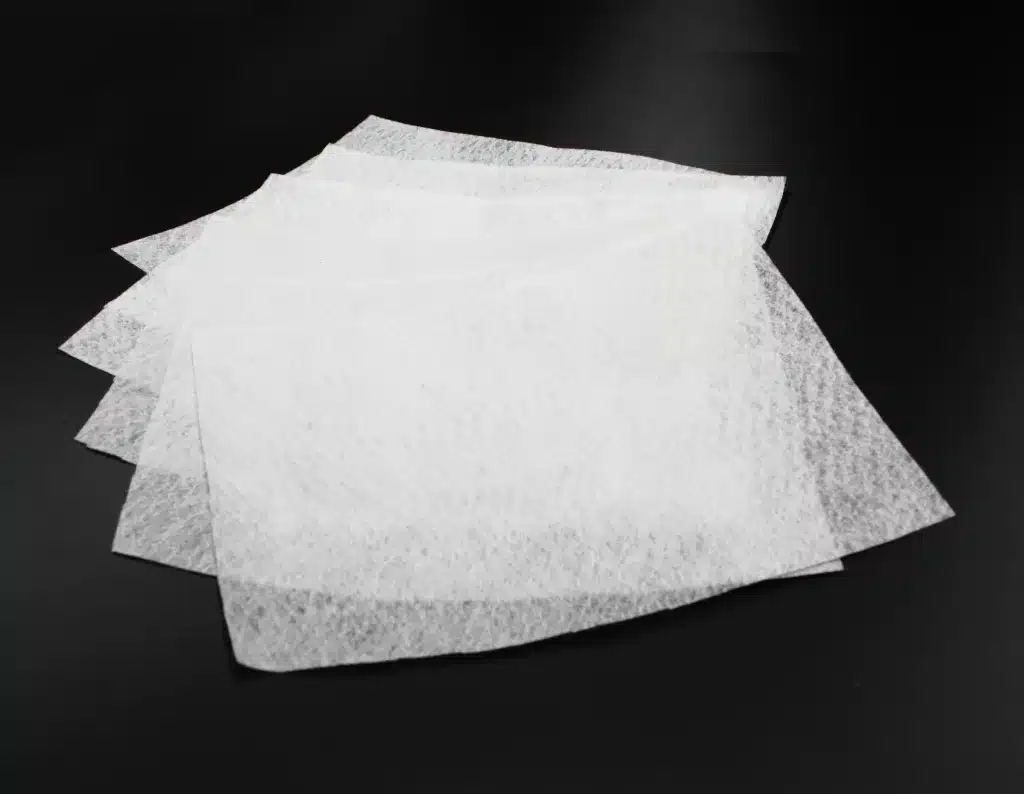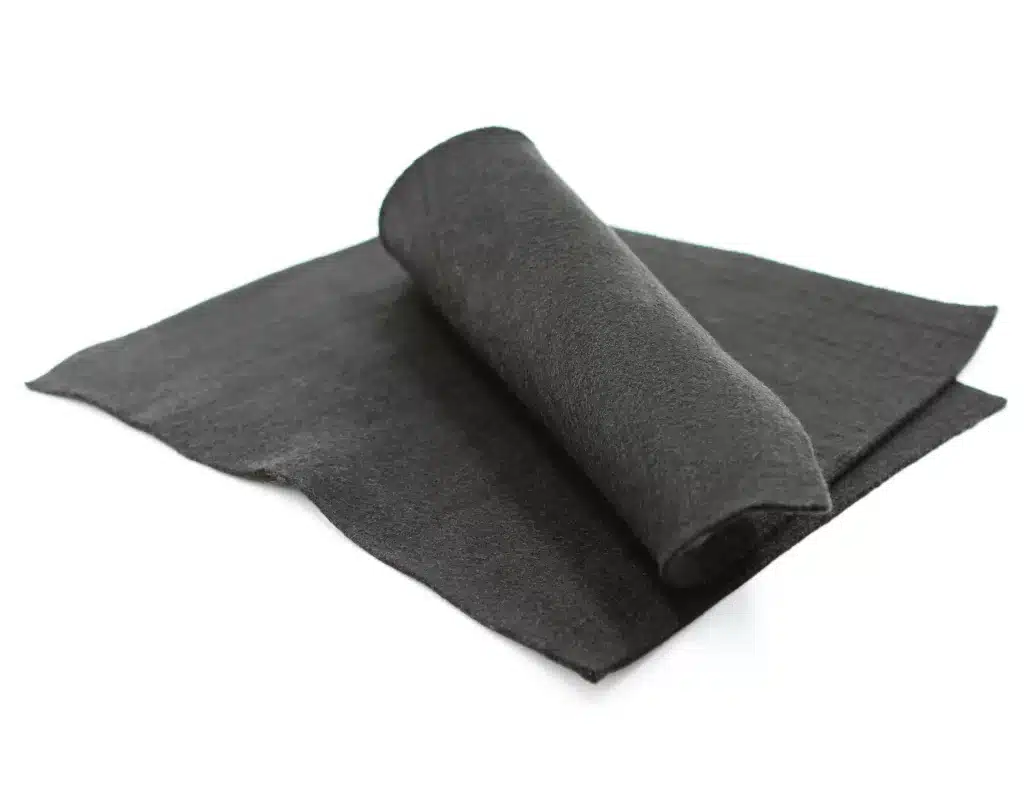+86-159 9860 6917
info@geofantex.com
geofantex@gmail.com
+86-400-8266163-44899
Geocell with fabric, a revolutionary solution in civil engineering, is transforming how we build and reinforce infrastructure. In this article, we delve into the world of geocell fabric, its applications, and requirements, and address essential questions about its role in enhancing the durability of structures.

What is Geotextile Fabric Used For?
Geotextile fabric is a versatile material used in a variety of civil engineering and construction applications. Its primary purposes include soil stabilization, erosion control, drainage, and separation of different soil layers. Here are some of the key uses of geotextile fabric:
- Soil Stabilization: Geotextile fabric is used to improve the stability of soil in construction projects. By reinforcing the soil, it helps to prevent shifting and movement, which can be critical for the stability of roads, embankments, and other structures.
- Erosion Control: In areas prone to erosion, geotextile fabric can be used to prevent soil loss. It is commonly placed on slopes, riverbanks, and shorelines to protect against erosion caused by water flow and weather conditions.
- Drainage: Geotextile fabric acts as a filter, allowing water to pass through while retaining soil particles. This makes it ideal for use in drainage systems, where it helps to prevent clogging of pipes and drainage channels. It is often used in retaining wall drainage, road construction, and sports fields.
- Separation: Geotextile fabric is used to separate different layers of soil or aggregates, preventing them from mixing. This is particularly useful in road construction, where it helps to maintain the integrity of the base and sub-base layers, leading to a more durable road surface.
- Filtration: In addition to its drainage capabilities, geotextile fabric can filter fine particles from water, making it useful in various water management applications, such as in septic systems, drainage trenches, and agricultural fields.
- Reinforcement: Geotextile fabric can reinforce weak soils, providing additional strength and stability. This is important in the construction of embankments, retaining walls, and foundations.
- Landscaping: In landscaping, geotextile fabric is used to control weed growth, as a liner for garden beds, and under patios and walkways to prevent soil movement and erosion.
- Road Construction: Geotextile fabric is extensively used in road construction for separation, stabilization, and drainage. It enhances the lifespan of the road by preventing the mixing of sub-grade and aggregate layers and improving load distribution.
- Types of Geotextile Fabric
There are two main types of geotextile fabric, each serving different functions:
- Woven Geotextiles: Made by weaving fibers together, these are typically used for applications requiring high strength, such as soil stabilization and reinforcement.
- Non-Woven Geotextiles: Made by bonding fibers together using heat or chemicals, these fabrics are used for filtration, drainage, and separation purposes.
Geotextile fabric is an essential material in modern construction and civil engineering, providing solutions for soil stabilization, erosion control, drainage, and separation. Its versatility and functionality make it a valuable tool for improving the durability and performance of various infrastructure projects.
What is Geotextile Fabric?
Composition of Geotextile Fabric:
- Materials: Geotextile fabrics are typically made from synthetic polymers such as polypropylene, polyester, polyethylene, or polyamide. These materials are chosen for their durability and resistance to environmental conditions.
- Types: There are two main types of geotextile fabrics:
- Woven Geotextiles: Made by weaving fibers together, offering high tensile strength.
- Non-Woven Geotextiles: Created by bonding fibers together through heat or chemical processes, providing good filtration properties.
Purpose of Geotextile Fabric:
- Separation: Prevents the intermixing of different soil layers, maintaining the integrity of construction.
- Filtration: Allows water to pass through while retaining soil particles, which is crucial for drainage systems.
- Reinforcement: Enhances the load-bearing capacity of the soil, improving the stability and strength of structures.
- Protection: Shields geomembranes and other structures from damage by providing a cushioning layer.
- Drainage: Facilitates the removal of excess water, preventing waterlogging and related issues.
Applications of Geotextile Fabric:
- Road Construction: Used to separate subgrade soil from the aggregate base, preventing contamination and ensuring long-lasting roads.
- Erosion Control: Helps in stabilizing soil on slopes and preventing erosion by controlling water flow.
- Drainage Systems: Installed in trenches or around drainage pipes to filter water and prevent soil clogging.
- Retaining Walls: Enhances the stability of retaining walls by reinforcing soil and improving drainage.
- Landfills: Utilized to protect landfill liners and enhance leachate collection systems.
Does Geotextile Fabric Let Water Through?
Geotextile fabric is a type of synthetic material used in various construction and engineering projects, primarily for its durability and ability to improve soil characteristics.
Water Interaction:
Geotextile fabrics are designed to interact with water in several ways, depending on their type and purpose. There are two main types:
- Characteristics: Made from weaving fibers together.
- Water Permeability: Generally have low permeability, meaning they do not allow water to pass through easily. They are used for applications requiring high strength and separation.
Non-Woven Geotextiles:
- Characteristics: Manufactured by bonding fibers together using heat, chemicals, or needle punching.
- Water Permeability: These fabrics are highly permeable and allow water to pass through freely. They are used in filtration and drainage applications.
Applications:
- Drainage: Non-woven geotextiles are often used in drainage systems to prevent soil clogging while allowing water to flow through.
- Filtration: These fabrics can filter soil particles while permitting water movement, useful in various hydraulic engineering projects.
- Separation: Woven geotextiles are used to separate different layers of soil, preventing them from mixing while providing some degree of water resistance.
Geotextile fabrics can either allow or restrict water passage based on their type and application. Non-woven geotextiles are permeable and used for filtration and drainage, whereas woven geotextiles are less permeable and used for separation and reinforcement.
In conclusion, geocell with fabric is a cutting-edge solution in civil engineering and construction, offering enhanced stability and durability for infrastructure projects. By understanding its requirements and applications, we can harness the power of geocell fabric to create stronger, more resilient structures that stand the test of time.



Get Free Sample
We’ll respond as soon as possible(within 12 hours)






















